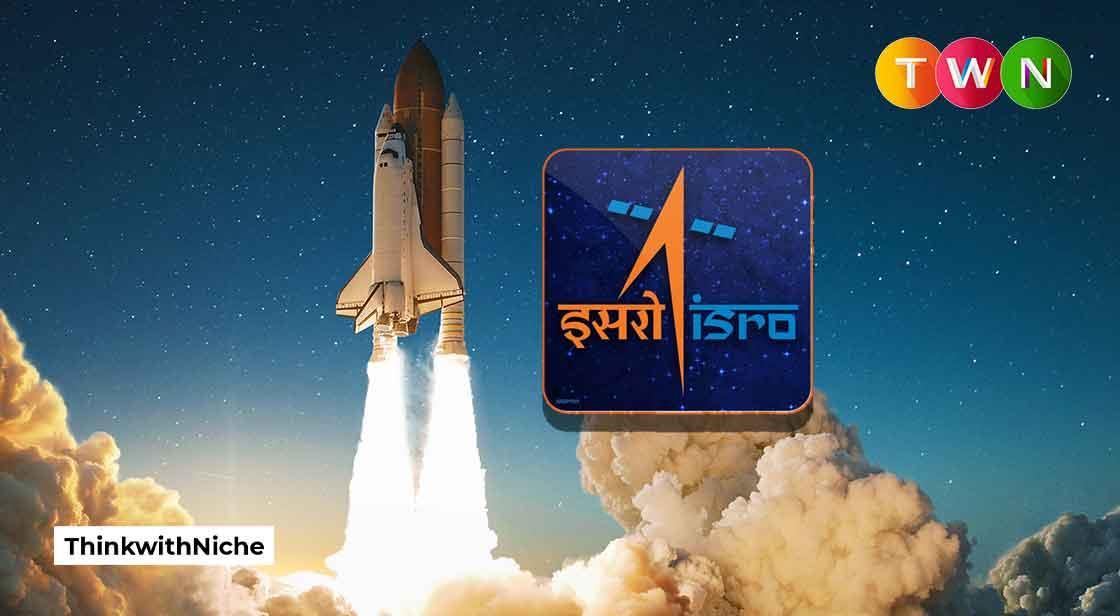ISRO's NVS-02 Satellite Encounters Setback Due to Thruster Failure

News Synopsis
The Indian Space Research Organisation (ISRO) encountered a setback in its NVS-02 satellite mission, as the spacecraft's thrusters failed to fire, preventing it from reaching the designated orbit. The space agency is now exploring alternative strategies to utilize the satellite for navigation.
Thruster Malfunction Prevents Desired Orbit Placement
ISRO confirmed on Sunday that its efforts to position the NVS-02 satellite in its intended orbit were unsuccessful due to a thruster malfunction.
The satellite, launched on January 29, 2025, aboard the GSLV Mk-II rocket, was designed to enhance India's NavIC (Navigation with Indian Constellation) system, a key element in India’s independent space-based navigation network.
However, after reaching an elliptical Geosynchronous Transfer Orbit (GTO), the thrusters did not fire due to a failure in the oxidizer valve mechanism. This malfunction hindered the orbit-raising operations required to position the satellite correctly.
NVS-02 Satellite Currently in Elliptical Orbit
Despite the failure to reach the designated geostationary orbit, ISRO reassured that the NVS-02 satellite remains operational.
"The satellite systems are healthy, and it is currently in an elliptical orbit," the space agency said in an official update on the GSLV-F15 mission. Engineers and scientists are now working on alternative mission strategies to utilize the satellite for navigation in its current orbit.
GSLV-Mk II’s 100th Launch Achieves Partial Success
The Geosynchronous Satellite Launch Vehicle (GSLV) Mk-II carried out ISRO's 100th launch from Sriharikota, marking a significant milestone.
The rocket performed flawlessly in placing the NVS-02 satellite into the intended Geosynchronous Transfer Orbit (GTO) with high precision. However, the thruster issue prevented the final transition to its intended geostationary position.
Solar Panel Deployment and Communication Successful
Despite the orbital setback, ISRO confirmed that key satellite systems are functioning normally.
-
The solar panels onboard the NVS-02 satellite successfully deployed after reaching orbit.
-
Power generation remains stable, ensuring the satellite's continued operation.
-
Communication with the ground station has been established, allowing ISRO to monitor and control the spacecraft.
The agency emphasized that the mission was not a complete failure, as the launch vehicle and deployment process worked as expected. The primary challenge now lies in salvaging the mission's objectives by adapting to the current orbital situation.
Exploring Alternative Strategies for Navigation
With the satellite now in an elliptical orbit, ISRO scientists are evaluating alternative mission plans to utilize its capabilities for India's NavIC navigation system.
Potential solutions could include:
-
Adjusting software and hardware configurations to enable functionality in the elliptical orbit.
-
Utilizing the satellite for experimental navigation applications, even if full operational capacity is not achieved.
-
Studying long-term maneuvering possibilities to reposition the satellite effectively.
While ISRO has successfully tackled past mission challenges, finding a solution for NVS-02’s orbital issue remains a top priority.
Significance of NVS-02 for India's Navigation System
The NVS-02 satellite is a crucial component of India’s NavIC system, an indigenous alternative to GPS designed to provide accurate positioning and timing services for military, commercial, and scientific applications.
Its successful operation is vital for:
-
Maritime navigation and disaster management
-
Precision agriculture and transportation tracking
-
Enhanced security and defense applications
The failure to reach the designated orbit presents challenges, but ISRO’s track record suggests a resilient response to overcome technical obstacles.
Conclusion: A Setback, But Not a Complete Failure
While the thruster failure has prevented the NVS-02 satellite from reaching its intended orbit, ISRO remains optimistic about repurposing the mission. The GSLV-Mk II launch itself was successful, demonstrating ISRO’s reliability in precision deployment.
The coming weeks will be critical as scientists work on innovative solutions to ensure the satellite remains useful for India's space-based navigation ambitions.
You May Like









